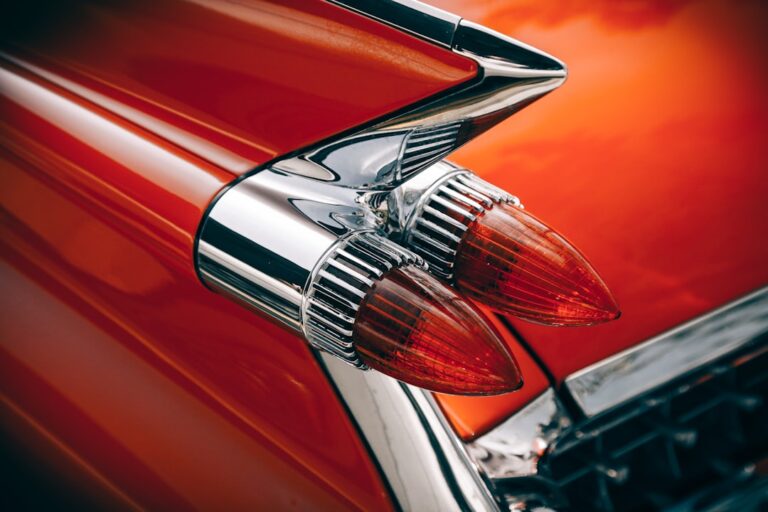Before embarking on the journey of purchasing a vehicle, it is imperative to conduct thorough research and establish a realistic budget. The automotive market is vast, with a plethora of options ranging from new models to certified pre-owned vehicles. Understanding your needs is the first step in this process.
Are you looking for a compact car for city driving, a spacious SUV for family trips, or perhaps a rugged truck for off-road adventures? Identifying your primary requirements will help narrow down your choices significantly. Once you have a clear idea of the type of vehicle that suits your lifestyle, the next step is to set a budget.
This budget should encompass not only the purchase price but also additional costs such as taxes, registration fees, insurance premiums, and potential maintenance expenses. A common mistake many buyers make is focusing solely on the sticker price without considering these ancillary costs. For instance, a seemingly affordable vehicle may have high insurance rates or require expensive parts for repairs.
Utilizing online tools and resources can aid in estimating these costs, allowing for a more informed financial decision.
Key Takeaways
- Research the market value of the vehicle and set a budget before starting the buying process.
- Check the vehicle’s history using services like Carfax to uncover any potential issues or accidents.
- Schedule a test drive and thorough inspection to ensure the vehicle meets your standards.
- Get a pre-purchase inspection from a trusted mechanic to identify any hidden problems.
- Negotiate the price based on the vehicle’s condition, market value, and any issues found during inspection.
Check the Vehicle’s History
Visual Inspection and Maintenance Records
In addition to obtaining a vehicle history report, it is wise to conduct a visual inspection of the car’s exterior and interior. Look for signs of rust, mismatched paint, or unusual wear and tear that could indicate previous damage or poor maintenance. Furthermore, inquire about the vehicle’s service records. A well-documented maintenance history can be a strong indicator of how well the car has been cared for over the years. If the seller cannot provide this information, it may raise red flags about the vehicle’s reliability.
Test Drive and Inspection

A test drive is an essential part of the car-buying process that should never be overlooked. It provides an opportunity to assess how the vehicle handles on the road and whether it meets your expectations in terms of comfort and performance. During the test drive, pay attention to various factors such as acceleration, braking responsiveness, steering feel, and overall ride quality.
It’s also advisable to test the vehicle in different driving conditions—highway speeds, city traffic, and even on inclines—to get a comprehensive understanding of its capabilities. While driving, take note of any unusual noises or vibrations that may indicate underlying mechanical issues. Additionally, check all features and systems within the car, including air conditioning, infotainment systems, and safety features like backup cameras or lane departure warnings.
A thorough inspection during the test drive can help identify potential problems before making a financial commitment.
Get a Pre-Purchase Inspection
| Pre-Purchase Inspection Metrics | 2019 | 2020 | 2021 |
|---|---|---|---|
| Number of Inspections | 10,000 | 12,500 | 15,000 |
| Average Inspection Cost | 150 | 160 | 170 |
| Customer Satisfaction Rate | 92% | 94% | 96% |
Even if a vehicle appears to be in excellent condition during your test drive, it is prudent to have a pre-purchase inspection conducted by a qualified mechanic. This step is particularly important for used cars, as hidden issues may not be immediately apparent to an untrained eye. A professional mechanic can perform a comprehensive evaluation of the vehicle’s mechanical systems, including the engine, transmission, brakes, and suspension.
During this inspection, the mechanic will also check for signs of previous accidents or repairs that may not have been disclosed by the seller. They can provide insights into any potential future repairs that may be needed and help you gauge whether the asking price is justified based on the vehicle’s condition. Investing in a pre-purchase inspection can save you from costly surprises down the road and provide peace of mind regarding your purchase.
Negotiate the Price
Once you have gathered all necessary information about the vehicle’s condition and history, it’s time to enter into negotiations with the seller. Effective negotiation requires preparation; armed with knowledge about comparable vehicles in the market and any issues uncovered during your research and inspections, you can make a compelling case for a lower price. For instance, if your mechanic identified specific repairs that need to be addressed soon, use this information as leverage in your discussions.
It’s essential to approach negotiations with a clear understanding of your budget and what you are willing to pay. Be respectful yet assertive; maintaining a positive demeanor can foster goodwill between you and the seller. If you are purchasing from a dealership, be aware that they may have more flexibility in pricing than private sellers due to their ability to absorb costs differently.
Always be prepared to walk away if negotiations do not meet your expectations; sometimes this can lead to better offers as sellers reconsider their position.
Consider the Total Cost of Ownership

When evaluating a potential vehicle purchase, it is crucial to consider not just the initial price but also the total cost of ownership over time. This encompasses various factors such as fuel efficiency, insurance rates, maintenance costs, and depreciation. For example, while a luxury SUV may have an appealing purchase price, its fuel consumption could lead to significantly higher expenses over time compared to a more economical sedan.
Insurance costs can vary widely based on factors such as the vehicle’s make and model, safety ratings, and your personal driving history. Researching insurance quotes before finalizing your purchase can provide clarity on how much you will need to budget for coverage. Additionally, consider potential maintenance costs; some vehicles are known for their reliability and lower repair costs, while others may require frequent servicing or expensive parts.
Understanding these factors will help you make an informed decision that aligns with your long-term financial goals.
Review the Paperwork
Once you have agreed on a price and are ready to proceed with the purchase, it is essential to meticulously review all paperwork associated with the transaction. This includes not only the bill of sale but also any warranties or service contracts that may be offered by the seller or dealership. Ensure that all terms are clearly outlined and that there are no hidden fees or conditions that could affect your ownership experience.
Additionally, verify that the title is clear and free of liens before completing the transaction. A lien indicates that there are outstanding debts associated with the vehicle that could complicate your ownership rights. If purchasing from a dealership, confirm that they have completed all necessary paperwork for transferring ownership and registering the vehicle in your name.
Taking these steps will help safeguard against potential legal issues in the future.
Finalize the Purchase
The finalization of your vehicle purchase marks an exciting milestone in your journey as a car buyer. After ensuring all paperwork is in order and confirming payment arrangements—whether through financing or cash—you can proceed with completing the transaction. If financing through a lender, ensure you understand all terms associated with your loan agreement, including interest rates and repayment schedules.
Once payment has been made and all documents signed, take a moment to familiarize yourself with any features or systems within your new vehicle before driving off. This includes understanding how to operate essential functions such as navigation systems or safety features that may require some adjustment time. Finally, don’t forget to schedule any necessary follow-up maintenance or inspections as recommended by your mechanic to ensure your new investment remains in optimal condition for years to come.












